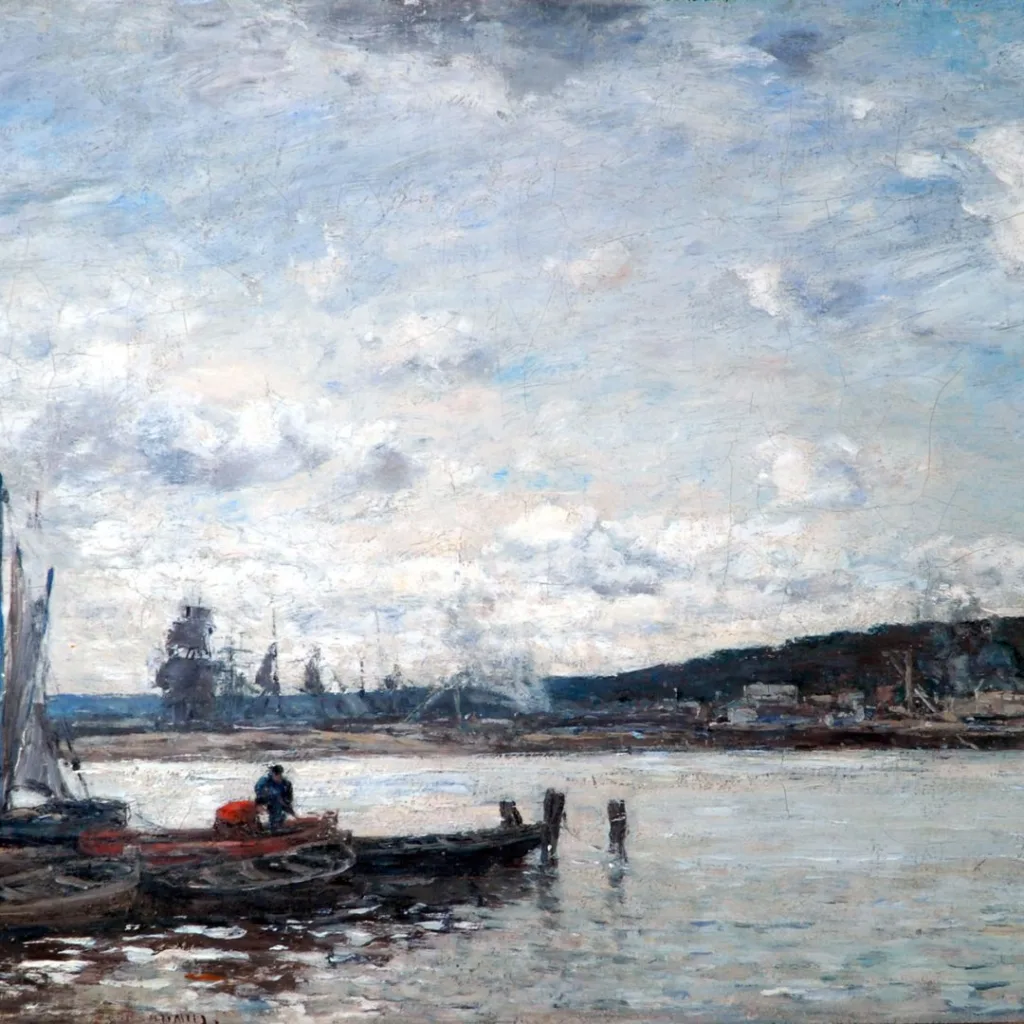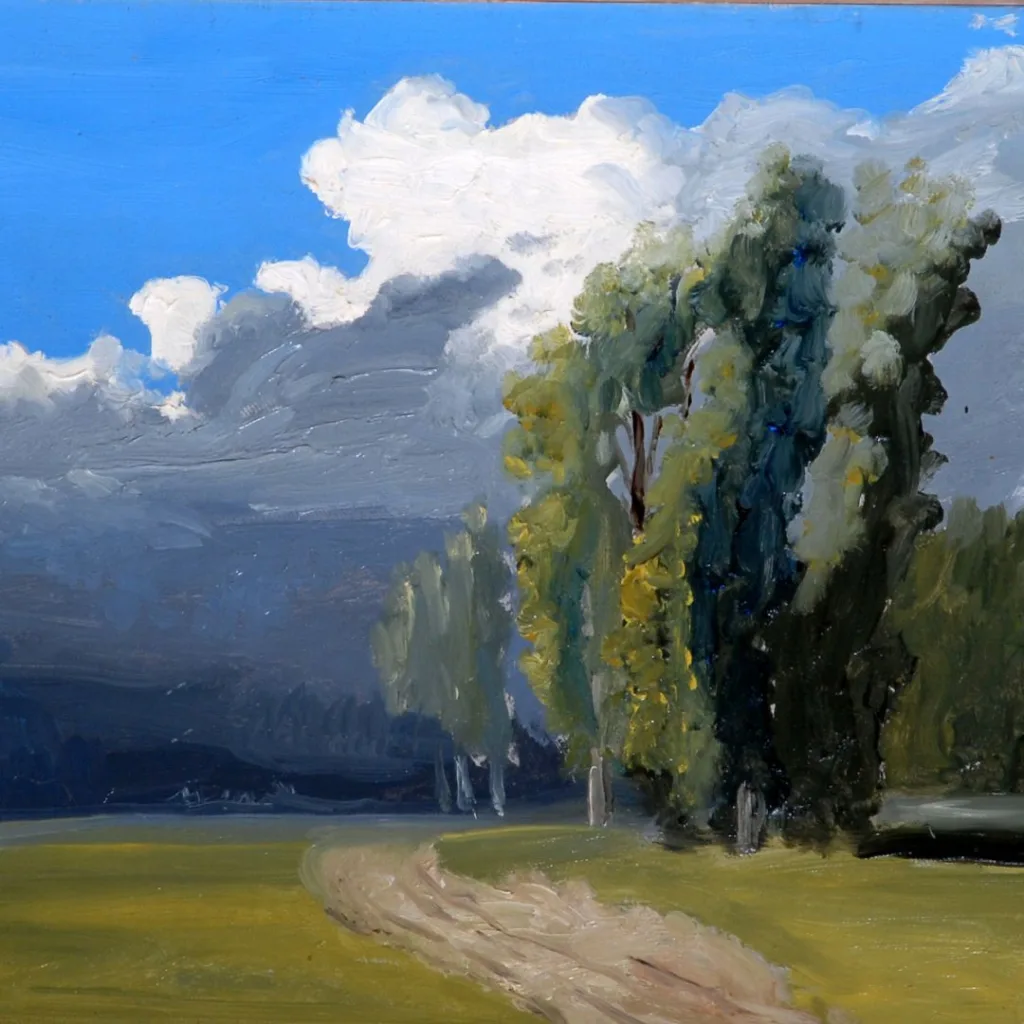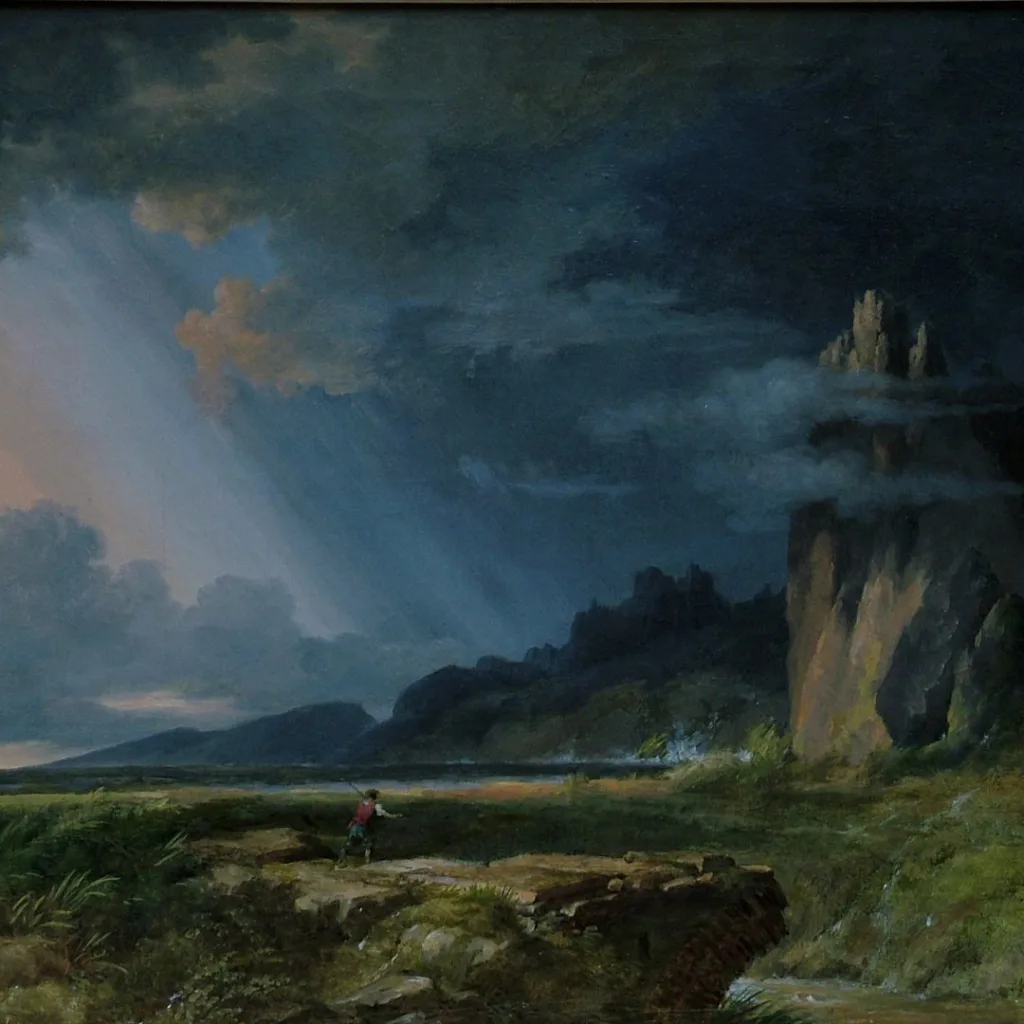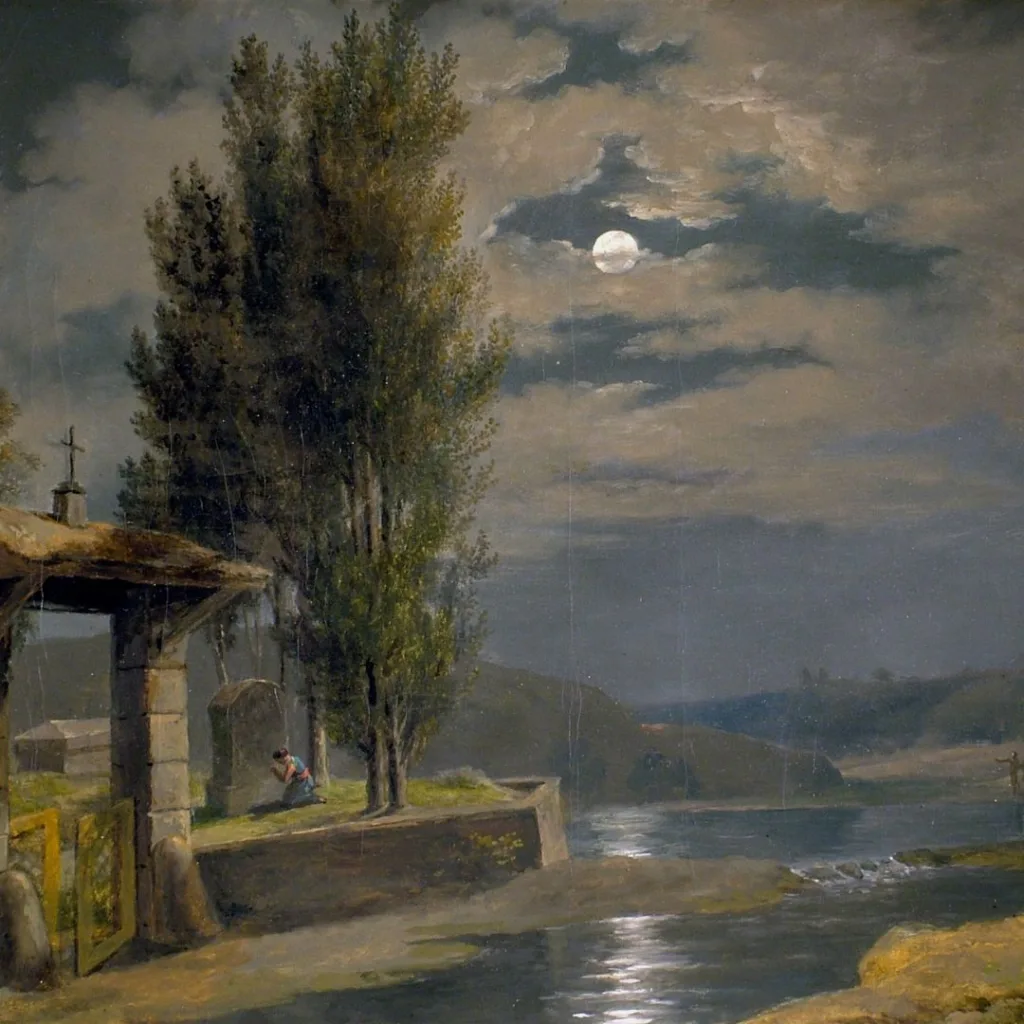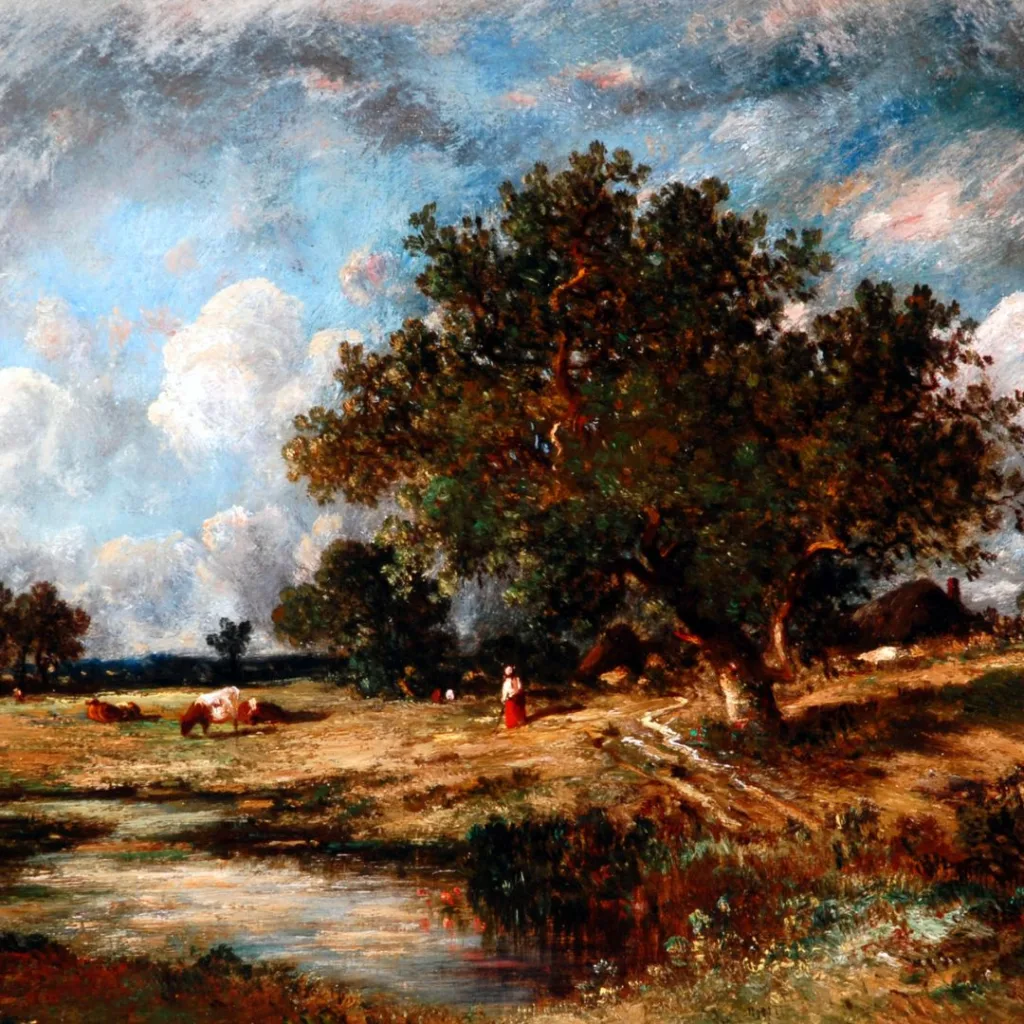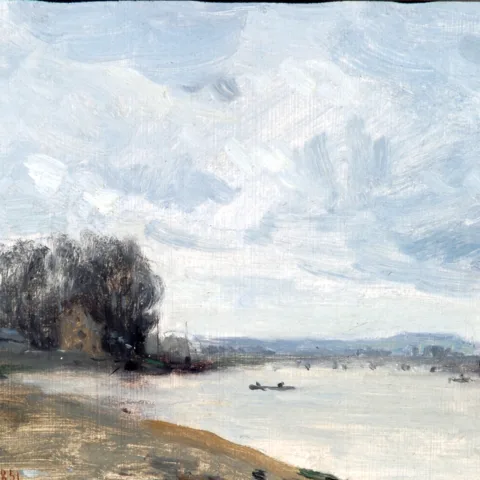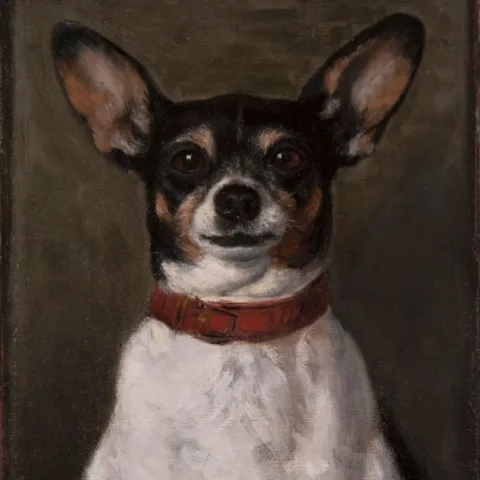The Bowes Museum Blog

Light and Soul Blog
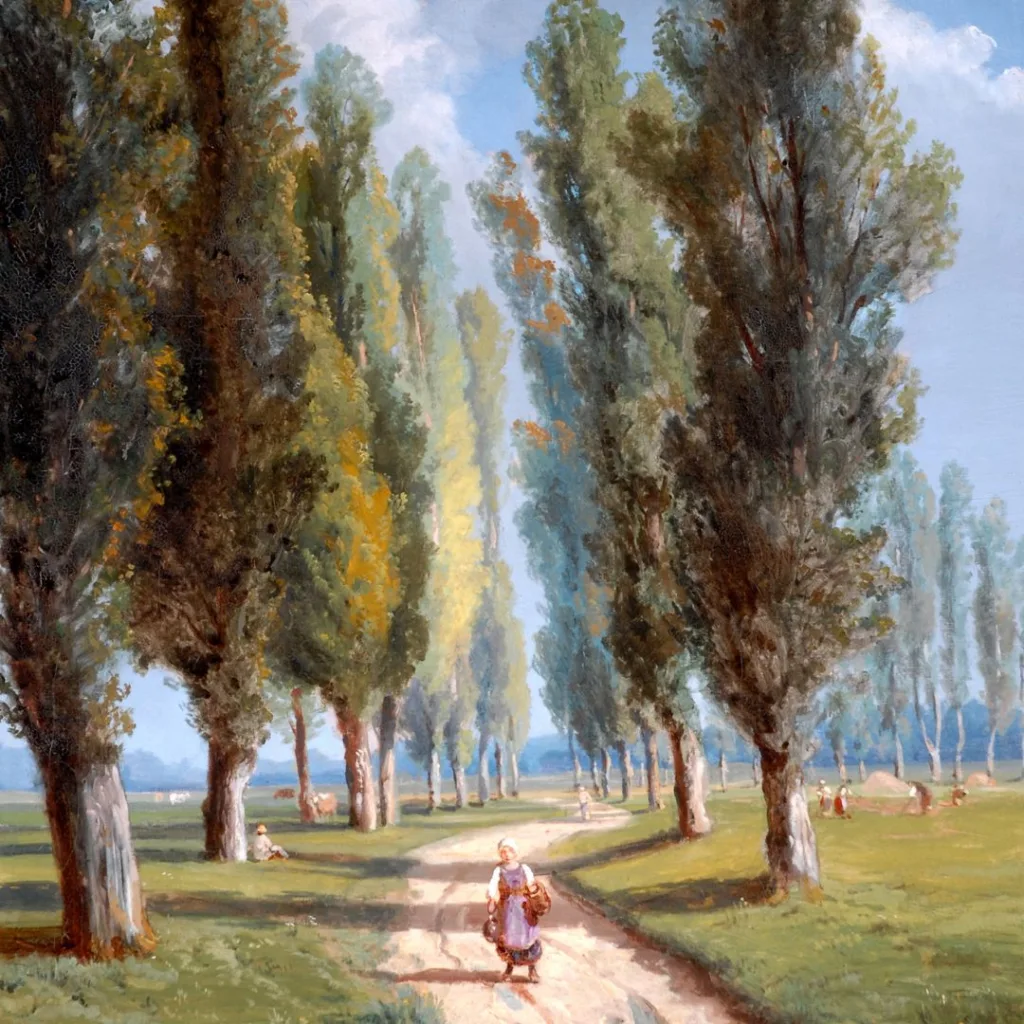
An unexpected ‘sister’ museum to The Bowes Museum is the Cooper Art Gallery in Barnsley. It houses the art collection of local businessman Samuel Joshua Cooper (1830-1913). He was the son of a local industrialist William Cooper who made his fortune from the production of coal, iron and linen. Like our John Bowes, he inherited his wealth from his father which allowed him to spend time abroad, with his wife Fanny they went on annual trips to Europe, visiting Paris in the springtime nearly every year to buy paintings, sculpture, decorative art, wine and clothing. Sometimes they would travel to Italy including Florence, Venice, Milan and Rome. Samuel also bought works from art dealers in London, Leeds and Sheffield.
Like John and Joséphine Bowes, their taste was for small-scale ‘sketchy’ landscape paintings that were considered so innovative in the mid-19th century The Coopers obviously had a liking for seascapes and river scenes, especially those by the French painter Eugène Isabey and formed a large and innovative collection of French 19th century painting. They seem to have paid about £40-50 for these works, more in general than Joséphine Bowes paid for her small-scale landscapes.
It was the Cooper’s choice to found a town gallery, and in 1912 Samuel purchased the historic school near St Mary’s church in Barnsley as a gallery building when its occupants, the Holgate Grammar School, moved to another location. His intention was to provide an art gallery for the people of Barnsley and to place his own art collection there for all to freely enjoy. Sadly, Samuel died in 1913 and did not live to see the opening of the Gallery in 1914. Before his death he had arranged for a board of Trustees to establish and maintain the Gallery and the collection of 275 paintings and drawings.
Recently their enterprising curator Natalie Murray used this historic collection to create a fascinating exhibition on French 19th century landscape painting. Light and Soul – Early Impressions of The French Landscape is the culmination of a research project into the French drawings and paintings at the Cooper Gallery, funded by the Headley Fellowship through the Art Fund. And including works from Sheffield Museums, York Museums Trust, The Bowes Museum, Leeds Museums and Galleries, The National Gallery, London, and the Cooper Gallery itself.
The painters of Light and Soul drew inspiration from ancient forests and valleys, contemporary life in the landscape and the shifting light over rivers and seas. The project focused on 19th century landscape artists, including those who worked in the Forest of Fontainebleau and along the coastal areas of Normandy.
The exhibition brings together 17 exceptional artists including Pierre-Henri de Valenciennes, through to the ‘ultra’ moderns such as Eugène Boudin. The Bowes Museum was pleased to lend five paintings to this innovative exhibition, including works by Boudin, Dupré, Valenciennes and two by its foundress, Joséphine Bowes, a talented artist in her own right!
It’s thought that the two works by Josephine Bowes have never been lent from The Bowes Museum before. One, a small Study of Poplars and another, Avenue of Poplars, are both thought to have been painted in the 1860s, a time when Josephine was flourishing as an artist under the tutelage of her teacher, Karl Kuwaseg and the opportunities afforded to her through travel around Europe with her husband and stays in the Forest of Fontainbleu where she enjoyed painting ‘en plein air’, as did contemporaries of hers such as Manet and Courbet.
In preparation for the loan, some of the Bowes paintings had new backboards fitted to provide added protection during transit and against environmental conditions. The paintings were all checked to ensure that the paint layer was sound and where necessary, light cleaning and retouching was undertaken by a specialist conservator. The paintings were packed in bespoke individual travelling crates. Screwed to the back of the crate with mirror plates, the paintings have wedges of plastazote – a chemical-free foam material beloved of conservators – packed around the frame to provide a buffer against the movement of travel and handling. Once at the destination, the crates are stored unopened for at least twenty-four hours to allow the paintings to acclimatize, before being unpacked, checked and hung on the wall to be admired.
